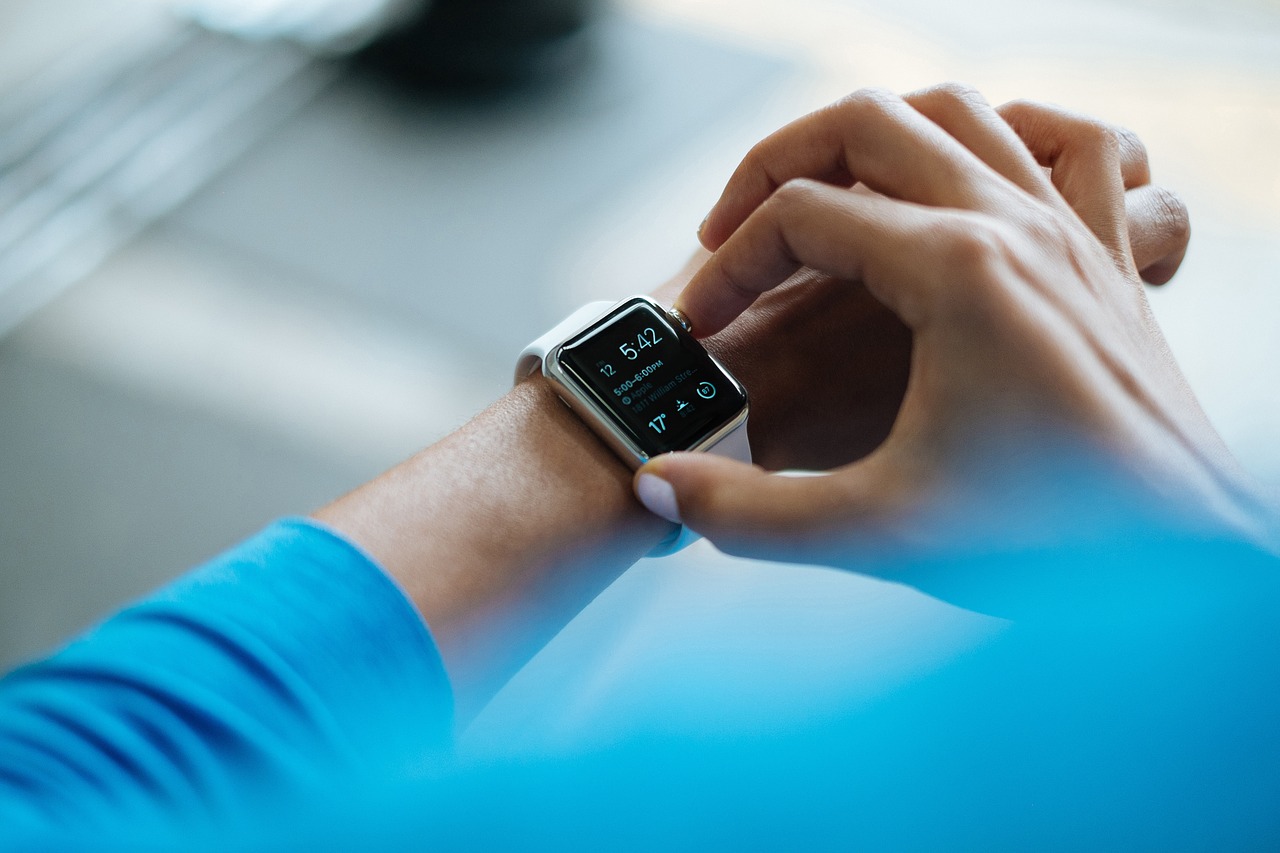
As wearable technology continues to increase in efficiency and popularity, analysts predict that 411 million smart wearable devices will be sold worldwide in 2020. This signals a 143% increase over wearable sales in 2016. While wearables are already being considered the top fitness trend for 2019, wearables are also predicted to affect the insurance industry and revolutionize the way companies develop premiums and insure their clients. Seeing as the insurance industry is mainly data-based, wearables provide an interesting and unique way for companies to receive and assess data like never before.
Insurance Companies to Use Data Collected from Wearables
Wearables essentially provide the user with a constant stream of data that they can then take to optimize certain areas of their life, whether that be health, fitness, or even their work schedules. This data, however, is not only helpful to the wearers. Insurance companies will soon be able to take this data in order to make sense of their clients’ daily habits and craft tailor-made policies around their behavior. Much like the discounted auto insurance policies currently offered for drivers who agree to install a camera on their dashboard, wearables will have a similar effect on other areas of insurance, such as home and life policies. Hearables, which includes everybody’s favorite Bluetooth headphone technology, are already doing this. With the ability to detect heart rate and breathing patterns, they are able to collect data on the user’s behavior and use it to make fitness suggestions that optimize their general health.
Helping People Support Their Health and Well-Being
The goal behind using wearables in the healthcare industry is to proactively monitor individuals in order to keep them well before there is a health problem. By focusing on this as a goal, it’s easy to see why experts feel that the technology will have a significant impact on health insurance. Of some of the biggest health insurance trends in recent years, measuring and modeling risk for each individual and dynamic, personalized pricing have been two of the most important. Smart wearable technology plays directly into these trends, as wearables allow companies to gain more valuable data in order to measure and model risk, and therefore craft dynamic pricing structures for each client.
As wearables continue to increase their capabilities to monitor various facets of everyday life, more companies will be able to find positive ways to use them to enhance their business practices. In an industry that is purely based on data, insurance proves to be impacted the most by this type of technology. Cheaper premiums, more personalized coverage and more accurate risk modeling are just a few of the benefits that insurance companies and clients alike can look forward to.


